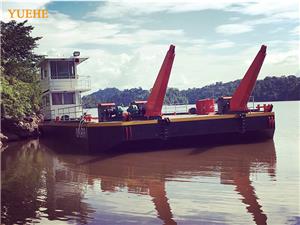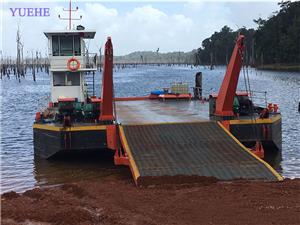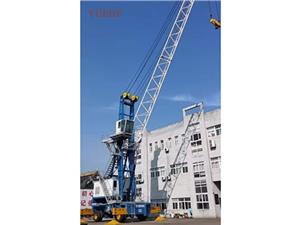Classification of the weight of A4 printing paper
The weight (or "gauge") of A4 printing paper is the key indicator for measuring the thickness and quality of the paper. It is defined as the weight of the paper per square meter (unit: g/m²). Since the standard size of A4 paper is 210mm × 297mm (approximately 0.06237 square meters), the actual weight of a single sheet of A4 paper can be estimated by multiplying the "weight per square meter" by 0.06237 (for example, an A4 sheet with a weight of 80g/m² weighs approximately 5 grams).
The classification of the weight of A4 printing paper is mainly based on the requirements of office and printing scenarios. The common types and their characteristics are as follows:
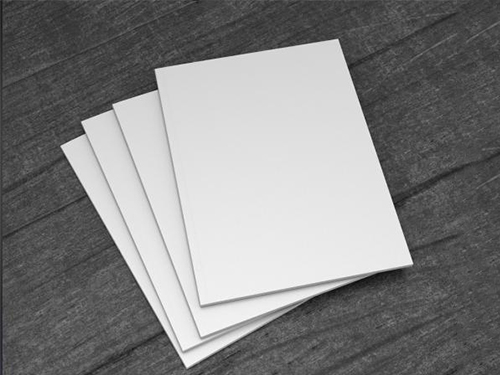
I. Common Weight Classification and Characteristics
The weight of A4 printing paper is usually classified into four major categories: 70g, 80g, 90g, and 100g and above. Among them, 70g and 80g are the most common choices, while higher weights are mostly used in special scenarios. The details are as follows:
70g/m² (Lightweight)
• Feature: The paper is relatively thin (about 0.08mm), has a light feel, and is of low cost. It is suitable for frequent and low-demand printing tasks on a daily basis.
• Applicable scenarios:
• Daily printing at home (such as study materials, notes, drafts);
Internal distribution of documents (non-essential documents)
Cost-sensitive small offices (such as start-up companies, printing shops for batch tasks).
Note: Due to its thinness, it may show through during multiple photocopies or bindings, and the edges may curl. It is not suitable for long-term storage or for important documents.
2. 80g per square meter (standard grade)
• Feature: The paper thickness is moderate (about 0.1mm), with good stiffness (not prone to curling), a relatively high surface smoothness, clear printing effect, and a balance between cost and durability.
• Applicable scenarios:
• Daily office work of the enterprise (such as formal documents like contracts, reports, and notifications);
• School examination papers and homework copies (requiring multiple readings or binding);
External document exchange (such as customer information, business correspondence).
• Advantage: The highest market share (accounting for approximately 60% of A4 paper demand), highly compatible (suitable for most printers/copiers).
3. 90g/m² (Medium grade)
• Feature: The paper is thicker (about 0.12mm), has excellent stiffness, strong anti-wrinkling property, and the surface texture is similar to that of low-gloss coated paper. It is suitable for scenarios where there are specific requirements for document appearance.
• Applicable scenarios:
• Archiving of important documents (such as legal documents, financial statements);
• High-end business printing (such as the inner pages of corporate brochures, product manuals);
Materials that need to be frequently referred to (such as meeting handbooks, training materials).
4. 100g/m² and above (heavyweight)
• Feature: The paper is thick (100g/m² is approximately 0.15mm, 120g/m² is approximately 0.18mm), with excellent tensile strength, and a high surface smoothness, approaching professional printing paper. However, the cost is significantly higher than that of regular printing paper.
• Applicable scenarios:
High-quality printed materials (such as posters, samples, business cards);
• Long-term preserved archives (such as historical documents, precious manuscripts);
Special processing requirements (such as foil stamping, UV printing, which require the surface strength of the paper for support).
II. Relationship between Weight and Paper Properties
The weight of the paper directly affects its physical properties, which mainly manifest in the following aspects:
Performance indicators: Low weight (70g), Medium weight (80-90g), High weight (100g+).
Thickness: Thin (≈0.08mm), Medium (≈0.1mm), Thick (≈0.15mm+)
Tensile strength: Low (easy to curl) Medium (not easy to curl) High (strong resistance to bending)
Transfer printing risk: High (repeated copying may cause image fading) Low (suitable for most scenarios) Very low (negligible)
Surface smoothness: General (may affect detailed printing) Good (fits most printers) Excellent (suitable for high-precision printing)
Low, Medium, High
III. Model Selection Suggestions
When choosing the weight of A4 printing paper, it is necessary to consider the usage scenario, frequency and device compatibility:
• For frequent daily printing (such as in households and small offices): Opt for 70g to reduce costs;
• Formal documents / Binding requirements (such as enterprise contracts, examination papers): Choose 80g, balancing durability and cost;
• Archiving of important documents / High-end printing (such as corporate annual reports, brochures): Choose 90-100g, to enhance the texture and preservation properties;
• Special processing requirements (such as foil stamping, die-cutting): Choose 120g or higher to ensure the paper strength.
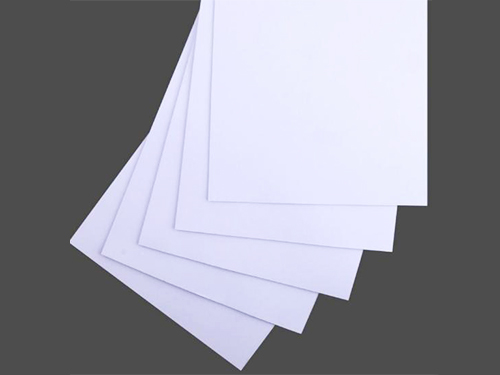
Summary
The classification of the weight of A4 printing paper essentially involves a trade-off between "thickness, cost and performance". 70g and 80g are the mainstream choices, covering over 90% of the daily office needs; higher weights are used for scenarios where there are higher requirements for quality or preservation. Users can select the appropriate weight of paper based on their actual needs (such as whether they need binding, whether they frequently copy, and budget constraints).


